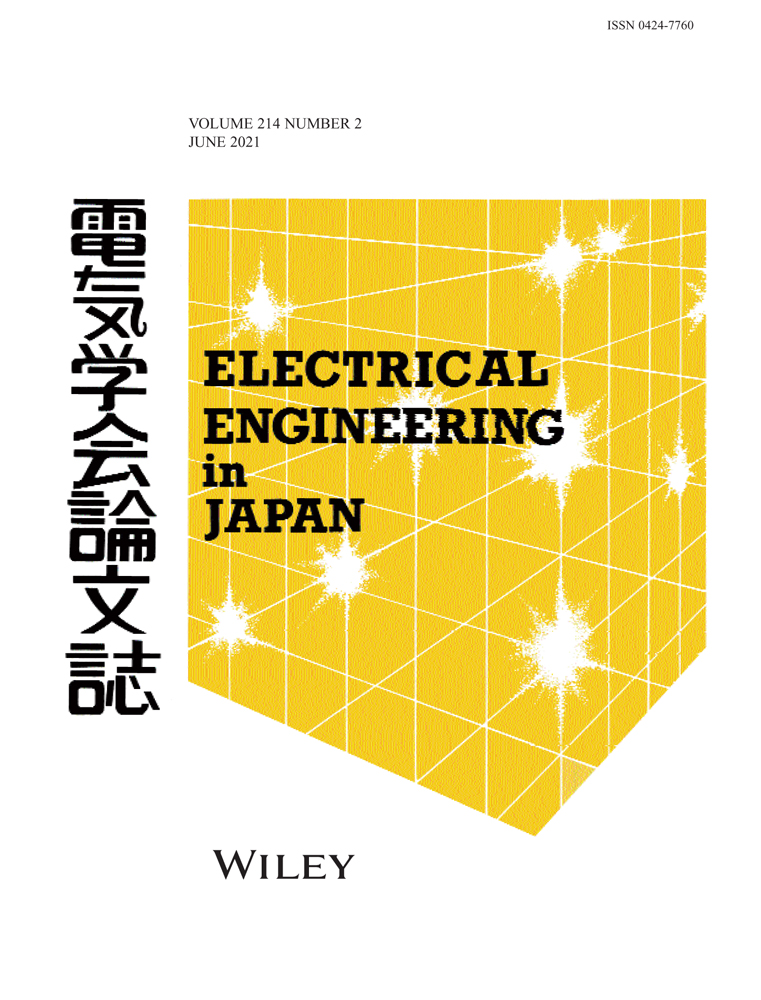Reactive power control of photovoltaic power generation systems by a wide-area control system for improving transient stability in power systems
Abstract
As the installed capacity of renewable energy sources is increasing, the role of inverters is becoming more important in the maintenance of power system stability. Therefore, in this study, we propose the use of a wide area control system (WACS) to control the inverters of photovoltaic (PV) systems in a coordinated manner to improve transient stability. In this method, we select PV systems whose reactive power injections are deemed to suppress the acceleration of the critical generator, based on a time-domain simulation for each possible fault before the fault occurs. When a fault occurs, we trigger the reactive current injections with the selected PV systems that is, the WACS operates as an event-based emergency control system. Numerical simulation results demonstrate that this method can further improve transient stability compared with an autonomous reactive current support function that is applied to existing PV inverters. The proposed WACS could be a promising approach to address the transient instability phenomena under unscheduled power flow conditions by periodically updating the control table based on real-time information.




